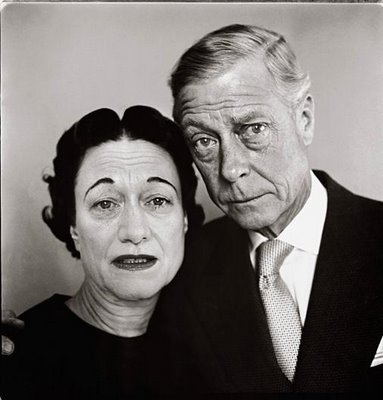Hi all,
Instead of meeting in person on Wednesday (5/15), please work through the below exercise to prepare for taking the final exam next Wednesday. The article I want you to practice with is once again “Hello, Stranger” (pp. 90-2 in Packet II), but the methods practiced should help you with reading and responding to the article that the real final exam will be on.
A PDF of the actual final exam article can be found in the Assignments folder; you are encouraged to read and research about this article before the exam, but I’m not allowed to discuss it with you, which is why I’m working instead with you on the “Hello, Stranger” practice exam.
Note there will be one final blog assignment, due next Monday 5/20; all essays and blog entries will be due the day of the final exam, next Wed 5/22. Below are the additional prompts on “Hello, Stranger” I’d like you to do.
I. Reading the article (“Hello Stranger,” p. 90-1) for the basics. Fill in the below info.
Title, Author(s):
Topic/Main Idea:
Thesis (this is often different than the topic):
II. Reading the prompts (p. 92). Fill in the below info for each prompt (A and B).
Topic/Main Idea:
Thesis (yours; also think of how this responds to the author’s):
Content you must include:
Content you can include:
III. Researching to prepare and generate content for your response essay. Using a web or library search, find at least one piece of media (text, image, video, etc.) that can add something new to your discussion of the main topic of “Hello, Stranger.” Include a link and a brief note on the article you find below.




